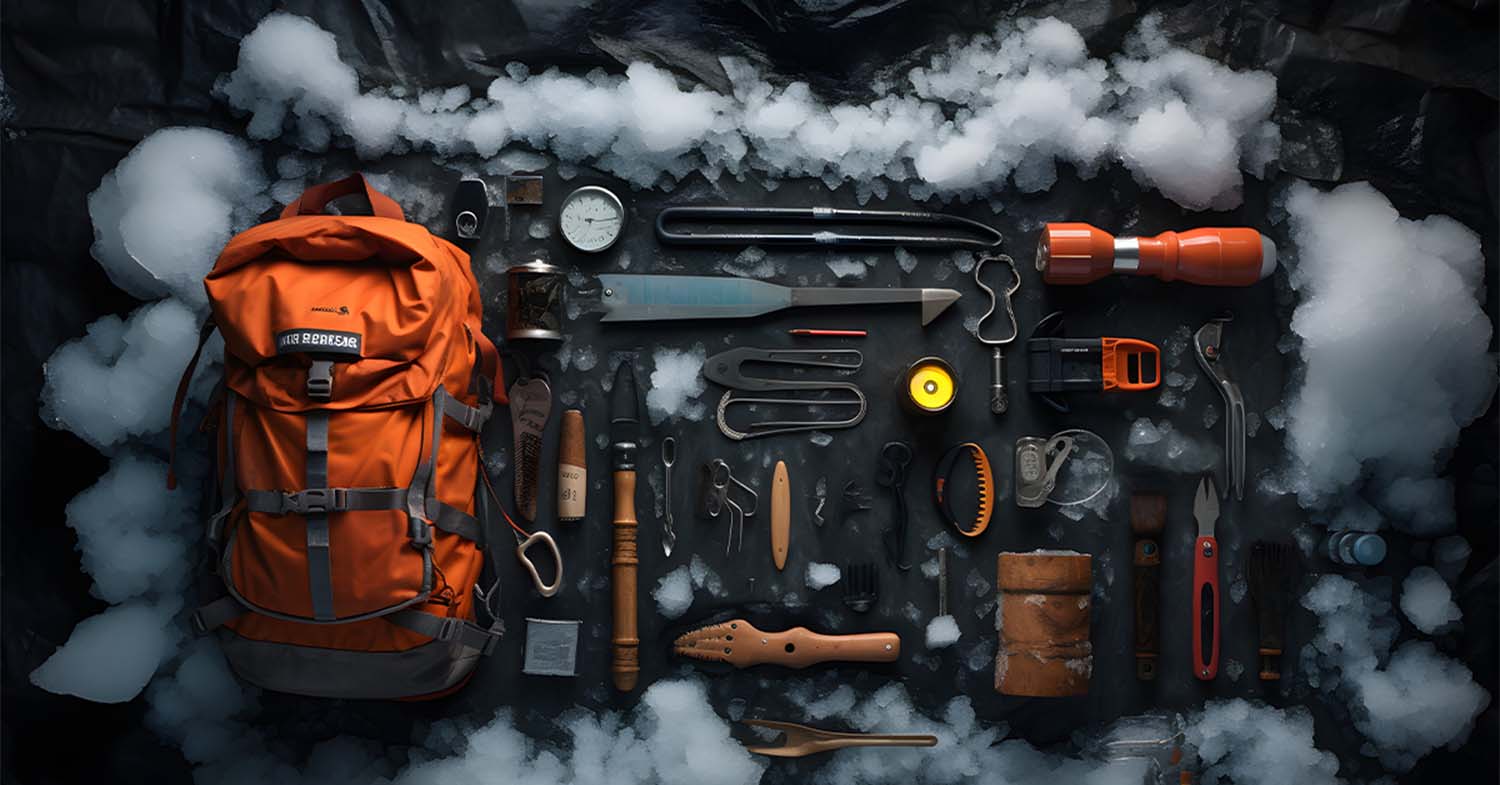With freezing weather and snow just around the corner, here are six helpful winter safety tips for safer walking and driving in winter conditions.
Wear proper winter shoes.
Walking is a great, simple way to stay active even during winter. However, the Canada Safety Council has some practical suggestions on how to be prepared for safe walking in winter road conditions. You should avoid high-heeled shoes or shoes with smooth soles with a small contact surface. Instead, opt for shoes or boots with thick, grooved soles that offer increased traction on ice and snow. According to IWIF Workers’ Compensation Insurance, shoes made of wide, non-slip rubber or neoprene tread soles provide increased stability in walking, thus increasing your safety. Also, it is recommended that you choose well-insulated waterproof shoes or boots that will help you stay warm outside, even in low-temperature snow conditions.
Do not text while walking.
Texting can be dangerous not only when driving but also when walking on snow or icy surfaces. Texting can be distracting and may prevent you from focusing on keeping your balance. In addition, the texting-mode posture (head down & hands in front) increases the centre of gravity and decreases your balance, thus making it easier to slip and fall. Keep your head up and focus on the road to avoid winter weather injuries. Also, keep your hands free and slightly extended to the sides to maintain balance. According to MyHealth.Alberta.Ca, walking flat-footed with your toes slightly out increases your balance and makes you more stable. However, at all times, it is important to pay attention to your surroundings to avoid accidents on slippery surfaces.
Watch out where you step.
In poor weather and winter conditions, picking safe surfaces to walk on is important. You should walk in designated walkways and avoid shortcuts over snow piles and frozen areas, which can be hazardous. In addition, walking along the grassy edge of a snow- or ice-covered surface makes you less prone to slipping due to increased traction and stability. Avoiding high-traffic areas may be safer, especially in poor road conditions and low visibility. Distracted walking can be dangerous, so always focus on the road and watch out where you step.
Drive cautiously
Low temperatures and bad weather in winter make for very dangerous road conditions. Snow, ice, mud, slush, etc., can affect your car’s acceleration and braking performance, making you prone to hazardous situations on the road. Consequently, for your own safety, increase your following distance from other cars on the road and break early. Also, due to ice or slippery surfaces, drive slowly, stay alert and always be cautious of your surroundings. To ensure better safety, ensure your vehicle is mechanically ready for winter conditions. Installing snow tires, checking the battery, replacing worn-out windshield wipers, filling up the anti-freeze reservoir and preparing a winter safety kit may all improve your driving safety in winter.
Switch to winter tires.
Winter tires are highly recommended for a safer winter driving experience. Due to their special make, winter tires offer increased flexibility at extremely low temperatures and up to 50% more traction than all-season tires. Studies have shown that compared to all-season tires, winter tires offer superior braking performance, better acceleration, and an overall increased effectiveness at temperatures as low as -20oC. In addition to increased traction, reduced slippage, and overall increased safety, snow tires also save on fuel. If you want to learn more about the advantages of using winter tires, click here.
Keep a winter safety kit in your car.
Driving in cold weather and poor road conditions may expose you to unexpected or unpredictable situations. According to Transport Canada, in wintry conditions one should be ready for anything; hence a winter safety kit may come in handy. Transport Canada lists the following as some of the most important items to include in a safety kit: “windshield wiper fluid, an ice scraper and fuel line antifreeze; booster cables; some kitty litter, traction mats and a shovel in case you get stuck in the snow; a flashlight so you can see, and road flares and a reflective vest so others can see you; as well as extra clothing and a blanket (a lightweight, heat-reflective blanket is best).” While not mandatory, having a winter safety kit is highly recommended for a safer winter driving experience.

